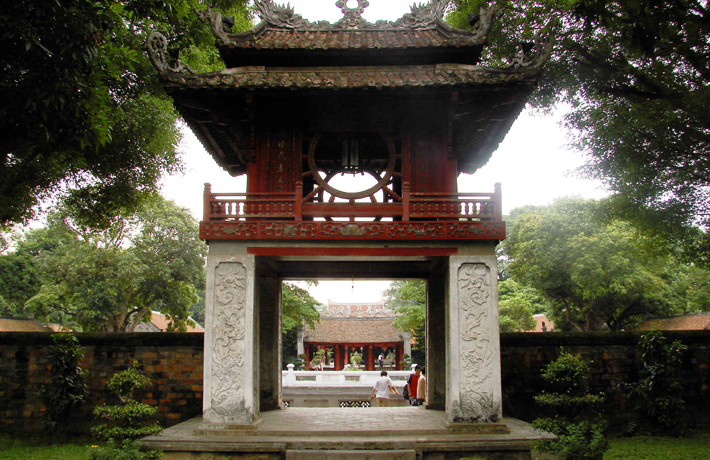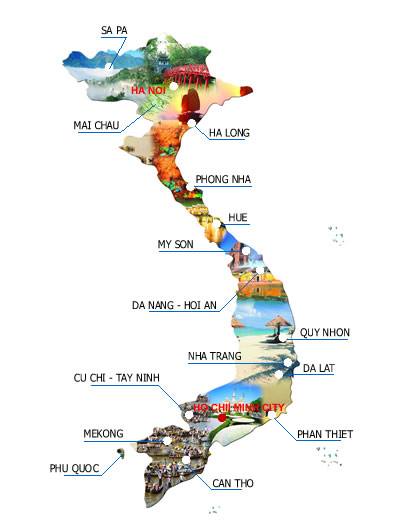General Information

Ha Noi
29/10/2016Geography
Viet Nam is one of the most beautiful countries in Asia, It shares borders with China, Laos, Cambodia and faces the East Sea. Thanks to its location, Viet Nam is the bridge linking Southeast Asian mainland together. It is the S-shape peninsula, with thousands of offshore islands, the largest archipelagoes being the Hoang Sa (Paracel in English) Islands and the Truong Sa (Spartley in English) Islands. Viet Nam offers a 3,260km coastline and its inland borderline is 4,550km. From the North to South is about 1,650km.
Climate
Viet Nam is located in a tropical and temperate zone. The climate is characterized be a strong monsoon influence, a considerable amount of sunny days, and a high rate of rainfall and humidity. The tropical and the moutainous regions enjoy a temperate climate. The annual average temperature is 230C in Ha Noi, 250C in Hue and 260C in Ho Chi Minh City. The climate in Viet Nam is devided into two distinguished seasons: the dry season (from November to April) and the wet season (from May to October). However, the four distinct seasons are most evident in the Northern provinces.
Topography
Three quarters of the territory consist of mountainous regions. Viet Nam has two major deltas, the Red River Delta and the Mekong Delta, as well as four distinctive mountainous zones, each possessing its own unique features.
People
The Vietnamese population exceeds 90 million people and is devided into 54 ethnic groups. The largest group is the Viet or Kinh, accounts for 80% of the whole population and is concentrated in lowland areas, whereas most of ethnic minorities live in the highlands and the mountainous areas.
Religion
There are no official religion in Viet Nam, but Buddhism is very popular and most Vietnamese worship their ancestors. Buddhist pagodas and Catholic churches generally constitute interesting tourist attractions. Some religions are more specific to the southern regions such as The Cao Dai sect, The Hoa Hao sect, and Islam.
History
Archaeological excavations of fossils in Bac Son Grotto, in Lang Son province, as well as the discovery of some artifacts at Do Mountain, in Thanh Hoa province, which are believed to belong to the Stone Age, have proved that human life started in Viet Nam hunderds of thousands of years ago and Viet Nam has been considered as one of the earliest cradles of mankind.
Viet Nam is a nation with thousand years of glorious history. Viet Nam’s history can be devided into four main periods:
- Prehistoric Era: Hung Kings founded the country: “Au Lac” was established (from 2879 to 208 B.C)
- Chinese domination period and the struggle for national independence (208 B.C – 938 A.D): This period was one of the fiercest periods of hardship in Vietnam’s history.
- National construction and defense for independence (938-1945): This period was a brilliant era for national revival and development of the country and was marked by the glorious victory of the Vietnamese people against the aggressors.
- National independence and Socialism (1945 up to now): For nearly 100 years under French oppression, the Vietnamese people had constantly fought for independence. The revolution succeceeded in August 1945 under the leadership of Ho Chi Minh proclaimed its independence on September 2, a date which became the National Day.
During the following 30 years, the Vietnamese people continued to resist and protect their independence. Viet Nam has been unified ever since the great victory in Spring 1975. Since 1976, the Socialist republic of Viet Nam was proclaimed, with Ha Noi as its capital. Viet Nam enters a new stage of peace and development as a country.

